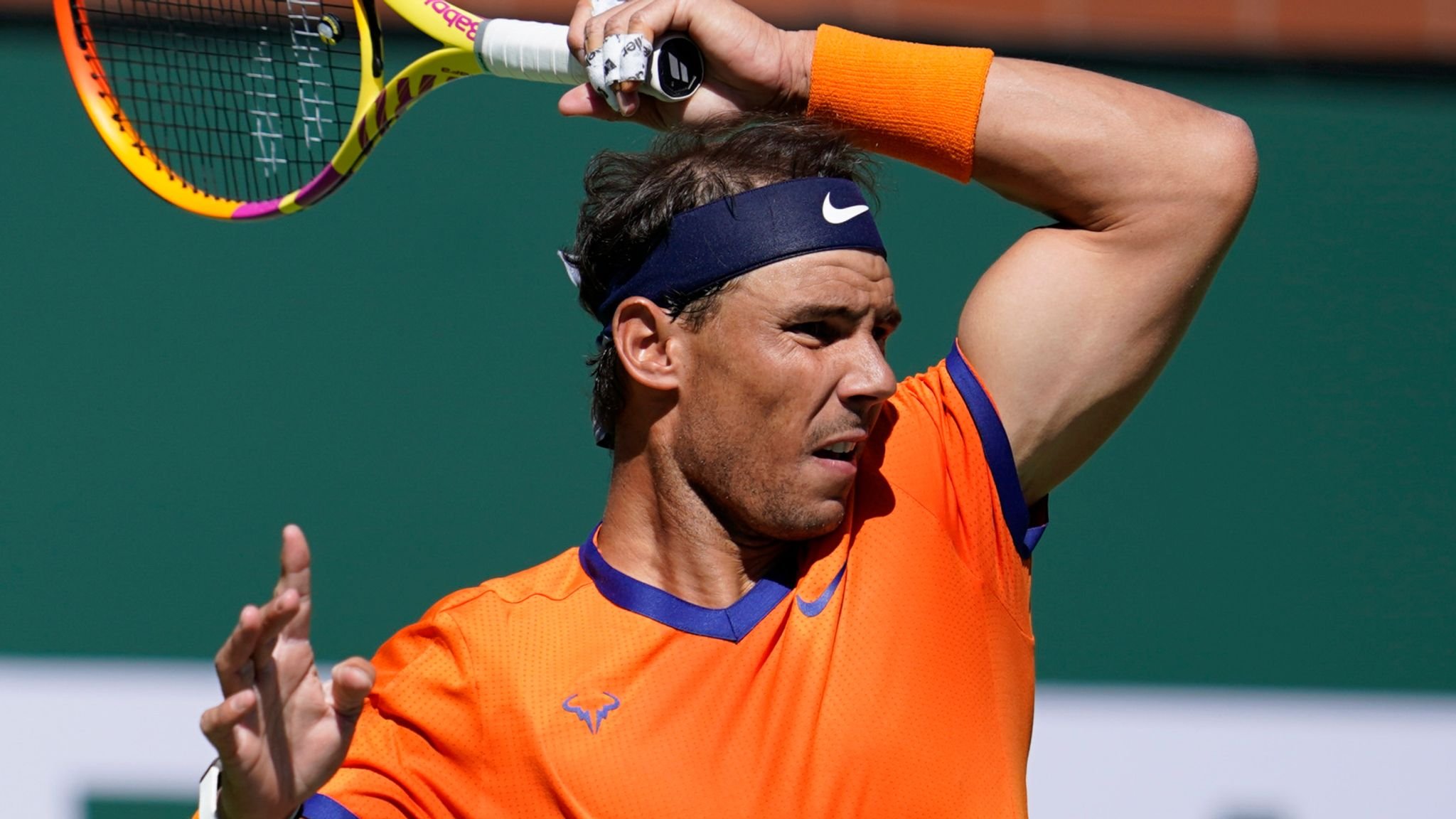Is It An Advantage To Be Left-Handed In Tennis?
Rafael Nadal is arguably one of the greatest tennis players, and he is a leftie. When he was a child, he used two hands for both his forehand and backhand - until he was advised to opt for a single-handed forehand. Despite being primarily right-handed, Nadal followed his instinct and played tennis as a lefty. Nadal's journey showcases how his left-handed prowess has solidified his position as one of tennis' greatest stars.
Rafael Nadal is the greatest leftie of all time.
The Strategy Of Lefties
With his remarkable talent and relentless determination, Nadal was destined for greatness regardless. However, being left-handed may have given him an extra edge. One particular strength is his high bouncing serve to a right-hander's backhand, which has proven exceedingly challenging for his rival, the legendary Roger Federer.
Conventionally, being left-handed does offer some advantages. Lefties naturally employ a slight side spin and can strategically serve wide to a righty's backhand in the ad service box during crucial points. This forces right-handed players to adapt their tactics, often after only encountering right-handed opponents for days or weeks. The adaptability of lefties makes them "really annoying" to play against, according to Matteo Berrettini.
Filip Krajinovic confessed that playing against lefties posed difficulties for him as well. "Their style of play is different," he explained. "Especially when they hit that cross-court forehand high to my backhand, I need to focus on that side and make sure I return it deep and cross-court."
"Playing against lefties can be quite the challenge," commented Petra Kvitova, a two-time Wimbledon champion and one of the top left-handed players on the women's tour. Even she admits that facing a fellow leftie can throw her off balance. "It's a bit odd when you expect a backhand and suddenly their forehand appears," she said.
The Success Of Lefties
Though it may be challenging to provide statistical evidence on the advantages of left-handed players, it's hard to deny their disproportionate success, particularly on the men's tour where serving plays such a crucial role.
Interestingly, while lefties make up only about 10 percent of the world's population, three out of the Top-10 Grand Slam winners in the Open era are left-handed men (Nadal, Jimmy Connors, and John McEnroe). And let's not forget Rod Laver, who clinched the last 4 of his 11 majors in the Open era. Quite the achievement!
It is also worth highlighting the impact of esteemed lefties in women's tennis, such as Martina Navratilova and Monica Seles, who have left an indelible mark as Grand Slam champions.
Practising With Lefties
Naturally, it must be acknowledged that most lefties do not possess the same prowess as Nadal. Nonetheless, confronting a left-handed opponent always necessitates a little something extra.
As Elena Svitolina perceptively notes, planning for a match against a lefty demands a distinct approach, considering the array of spins and angles involved in their gameplay.
While some players adopt a more nonchalant attitude towards this scenario, Svitolina emphasizes the significance of practising the return of serve before facing a lefty. On the other hand, Ashleigh Barty, having partnered with lefty Casey Dellacqua in countless doubles matches, reflects on the millions of left-handed serves she has encountered in practice. Consequently, facing a lefty in a match does not faze her.
Jan-Lennard Struff keeps his skills sharp by practising against left-handed opponents when he's not competing in tournaments. Whether it's finding a lefty coach or seeking out a fellow left-hander from the tournament lineup, Struff knows the importance of preparing for upcoming matches.
Strategy Against Lefties
According to Casper Ruud, finding a hitting partner provided by the tournament can be challenging. However, players adapt their game to face lefties, focusing on adjusting patterns and tactics. They strike a balance between changing their approach while still playing to their strengths.
While players like Berrettini target their opponent's weaker strokes, they also trust their weapons, such as serving down the middle of the court where service box lines intersect.
Denis Shapovalov approaches matches with a lefty or righty opponent in the same manner — playing his game and going for his shots. However, facing Nadal at Roland Garros can be daunting for even the most confident players.
For anyone unfortunate enough to match up against Nadal, Ruud suggests seeking advice from players like Robin Soderling or Djokovic, the only players to have beaten Nadal at Roland Garros, and then hoping that Nadal doesn't bring his A-game to the court.
Whether it's making adjustments or seeking guidance, these players understand the unique challenge of facing left-handed opponents, especially someone as formidable as Nadal at Roland Garros.
From Nadal's success story to the tactics of other lefties, it appears that being left-handed can be an advantage in tennis. Lefties have a natural spin and can strategically serve wide to righty’s backhand during crucial points. This throws off their opponents who are used to playing against right-handed players. With sufficient practice against left-handed opponents, you might get comfortable playing against them, hopefully.

